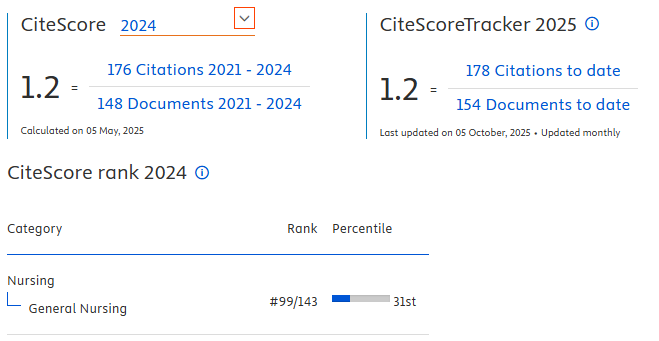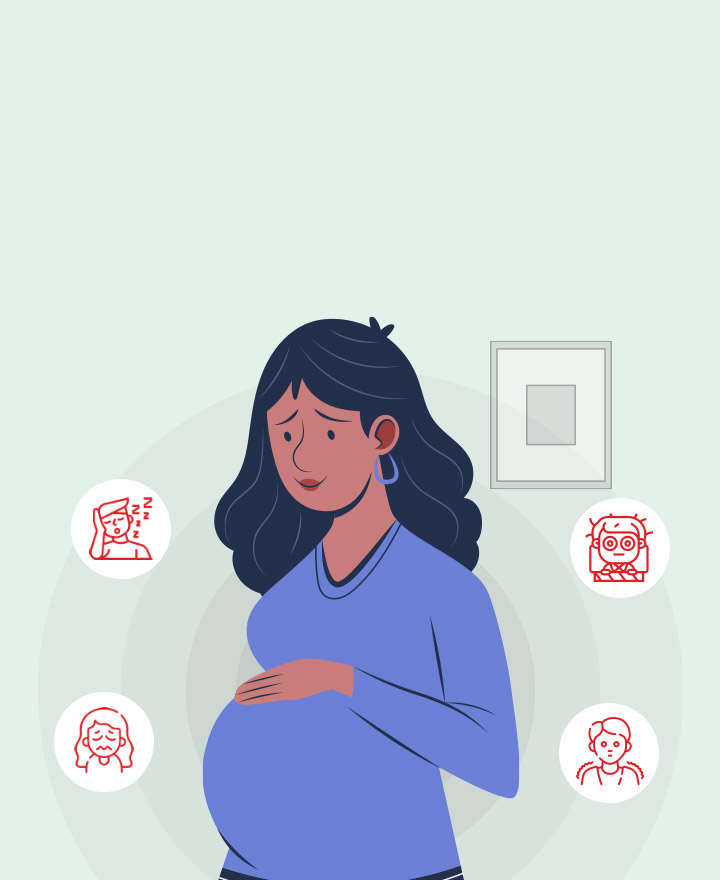The Bullying Phenomenon and Handling Efforts in Reducing Cases of Bullying: A Systematic Review
Downloads
Introduction:Bullying is behavior that deliberately wants to dominate, hurt, or get rid of its victims, both directly (physical) or indirectly (verbal). The impact of bullying can cause psychological distress and if left untreated will worsen the victim to the point of committing suicide. This study aims to find out the most appropriate types of interventions that can be implemented to reduce intimidation and prevent the risk of suicide by using systematic reviews based on PRISMA guidelines.
Methods: The studies were searched in five databases: Scopus, ScienceDirect, Proquest, Pubmed and CINHL and had to be published from 2014-2019. The articles were identified using the keywords "bullying” AND "intervention”, "anti-bullying program”.
Results: 14 articles found were used using this systematic review. The article reviewed mentions that an antibullying program that involves several parties has the benefit of reducing bullying.
Conclusion: Several intervention efforts can be used in preventing recurring breaches and can also be used as promotive and preventive efforts in cases of bullying in schools and communities.Albayrak, S., Yildiz, A., & Erol, S. (2016). Assessing the effect of school bullying prevention programs on reducing bullying. Children and Youth Services Review, 63, 1–9. https://doi.org/10.1016/j.childyouth.2016.02.005
Bhui, K., Silva, M. J., Harding, S., & Stansfeld, S. (2017). Bullying, Social Support, and Psychological Distress: Findings From RELACHS Cohorts of East London's White British and Bangladeshi Adolescents. Journal of Adolescent Health, 61(3), 317–328. https://doi.org/10.1016/j.jadohealth.2017.03.009
Chan, H. C. (Oliver), & Wong, D. S. W. (2015). Traditional school bullying and cyberbullying in Chinese societies: Prevalence and a review of the whole-school intervention approach. Aggression and Violent Behavior, 23, 98–108. https://doi.org/10.1016/j.avb.2015.05.010
Chaux, E., Velásquez, A. M., Schultze-Krumbholz, A., & Scheithauer, H. (2016). Effects of the cyberbullying prevention program media heroes (Medienhelden) on traditional bullying. Aggressive Behavior, 42(2), 157–165. https://doi.org/10.1002/ab.21637
Cosma, A., Whitehead, R., Neville, F., Currie, D., & Inchley, J. (2017). Trends in bullying victimization in Scottish adolescents 1994–2014: changing associations with mental well-being. International Journal of Public Health, 62(6), 639–646. https://doi.org/10.1007/s00038-017-0965-6
Damayanti, N. (2019). Pengaruh penerapan teknik. 20, 59–67.
Fisher, H. L., Moffitt, T. E., Houts, R. M., Belsky, D. W., Arseneault, L., & Caspi, A. (2012). Bullying victimisation and risk of self harm in early adolescence: Longitudinal cohort study. BMJ (Online), 344(7855), 1–9. https://doi.org/10.1136/bmj.e2683
Garaigordobil, M., & Martínez-valderrey, V. (2015). Effects of Cyberprogram 2 . 0 on " face-to-face ” bullying , cyberbullying , and empathy. 27(1), 45–51. https://doi.org/10.7334/psicothema2014.78
Garmy, P., Vilhjálmsson, R., & Kristjánsdóttir, G. (2018). Bullying in School-aged Children in Iceland: A Cross-sectional Study. Journal of Pediatric Nursing, 38, e30–e34. https://doi.org/10.1016/j.pedn.2017.05.009
Hall, W. (2017). The effectiveness of policy interventions for school bullying: A systematic review. Journal of the Society for Social Work and Research, 8(1), 45–69. https://doi.org/10.1086/690565
Hinduja, S., & Patchin, J. W. (2017). Cultivating youth resilience to prevent bullying and cyberbullying victimization. Child Abuse and Neglect, 73(September), 51–62. https://doi.org/10.1016/j.chiabu.2017.09.010
Liberati, A., Altman, D. G., Tetzlaff, J., Mulrow, C., Gí¸tzsche, P. C., Ioannidis, J. P. A., ... Moher, D. (2009). The PRISMA statement for reporting systematic reviews and meta-analyses of studies that evaluate health care interventions: explanation and elaboration. Journal of Clinical Epidemiology, 62(10), e1–e34. https://doi.org/10.1016/j.jclinepi.2009.06.006
Olweus, D., & Limber, S. P. (2010). Bullying in school: Evaluation and dissemination of the olweus bullying prevention program. American Journal of Orthopsychiatry, 80(1), 124–134. https://doi.org/10.1111/j.1939-0025.2010.01015.x
Silva, J. L. da, Oliveira, W. A. de, Mello, F. C. M. de, Andrade, L. S. de, Bazon, M. R., & Silva, M. A. I. (2017). Anti-bullying interventions in schools: A systematic literature review. Ciencia e Saude Coletiva, 22(7), 2329–2340. https://doi.org/10.1590/1413-81232017227.16242015
Vassallo, S., Edwards, B., Renda, J., & Olsson, C. A. (2014). Bullying in Early Adolescence and Antisocial Behavior and Depression Six Years Later: What Are the Protective Factors? Journal of School Violence, 13(1), 100–124. https://doi.org/10.1080/15388220.2013.840643
Yin, X., Wang, L., Zhang, G., Liang, X., Li, J., Zimmerman, M. A., & Wang, J. (2017). The promotive e ff ects of peer support and active coping on the relationship between bullying victimization and depression among chinese boarding students. Psychiatry Research, 256(2), 59–65. https://doi.org/10.1016/j.psychres.2017.06.037
Yuksel-sahin, F. (2015). An Examination of Bullying Tendencies and Bullying Coping Behaviors Among An Examination of Bullying Tendencies and Bullying Coping Behaviors among Adolescents. (June). https://doi.org/10.1016/j.sbspro.2015.04.415
Authors who publish with Jurnal Ners agree to the following terms:
- Authors transfer the Copyright and grant Jurnal Ners the right of first publication with the work simultaneously licensed under a Creative Commons Attribution 4.0 International License that allows others to remix, adapt and build upon the work with an acknowledgment of the work's authorship and of the initial publication in Jurnal Ners.
- Authors are permitted to copy and redistribute the journal's published version of the work (e.g., post it to an institutional repository or publish it in a book), with an acknowledgment of its initial publication in Jurnal Ners.
Jurnal Ners requires a formal written declaration and transfer of copyright from the author(s) for each article published. We, therefore, ask you to complete and return this form, retaining a copy for your own records. Your cooperation is essential and appreciated. Any delay will result in a delay in publication. The form can be downloaded HERE.
































